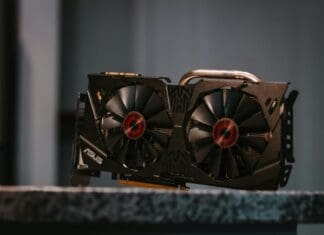
This post is also available in:
 עברית (Hebrew)
עברית (Hebrew)
After numerous changes, the final RfP for the Stingray unmanned aerial vehicle (UAS) has been set for 2018. The US Navy hopes to have the first Stingrays operational in the 2020s. The Stingray air segment is slated to be issued to the four likely competitors – Boeing, Northrop Grumman, Lockheed Martin and General Atomics.
On July 11th the Stingray got it’s “popular name” and its official one, MQ-25A, an indication of changes in the character and goals of the program for the aircraft. The Navy hopes the aircraft will launch and be able to make smooth landings with arresting wires (usually used for emergencies) as soon as the next few years.
In 2006, the program was conceived as a barely noticable, lethal and deep penetrating striking tool, as outlined in the 2006 Quadrennial Defense Review.
In 2011, the tenor of the program changed with additional influence from the Office of the Secretary of Defense to the less stealthy and more heavily armed Unmanned Carrier Launched Airborne Surveillance and Strike (UCLASS) program, that could serve as a temporary solution for counter-terrorism operations if the U.S. lost their UAV bases in Afghanistan.
According to UAS Vision, following intense congressional scrutiny the Navy’s UCLASS program was pulled into an overarching UAV strategic program review (SPR) led by the Deputy of the Secretary of Defense, Bob Work. During the SPR, the UCLASS program was recast to serve primarily as an unmanned tanker and given the name — Carrier Based Aerial Refueling System (CBARS).
However, to achieve the multi-mission orientation, the Navy and the Air Force later changed the designation to multi-mission unmanned vehicle (MQ).
Moving forward, the Stingray will only be a third of the components the Navy will use for the first carrier based UAV. While the requirements for the airframe have changed, the service is leveraging the ground control station and the connectivity piece from the original UCLASS effort.

























